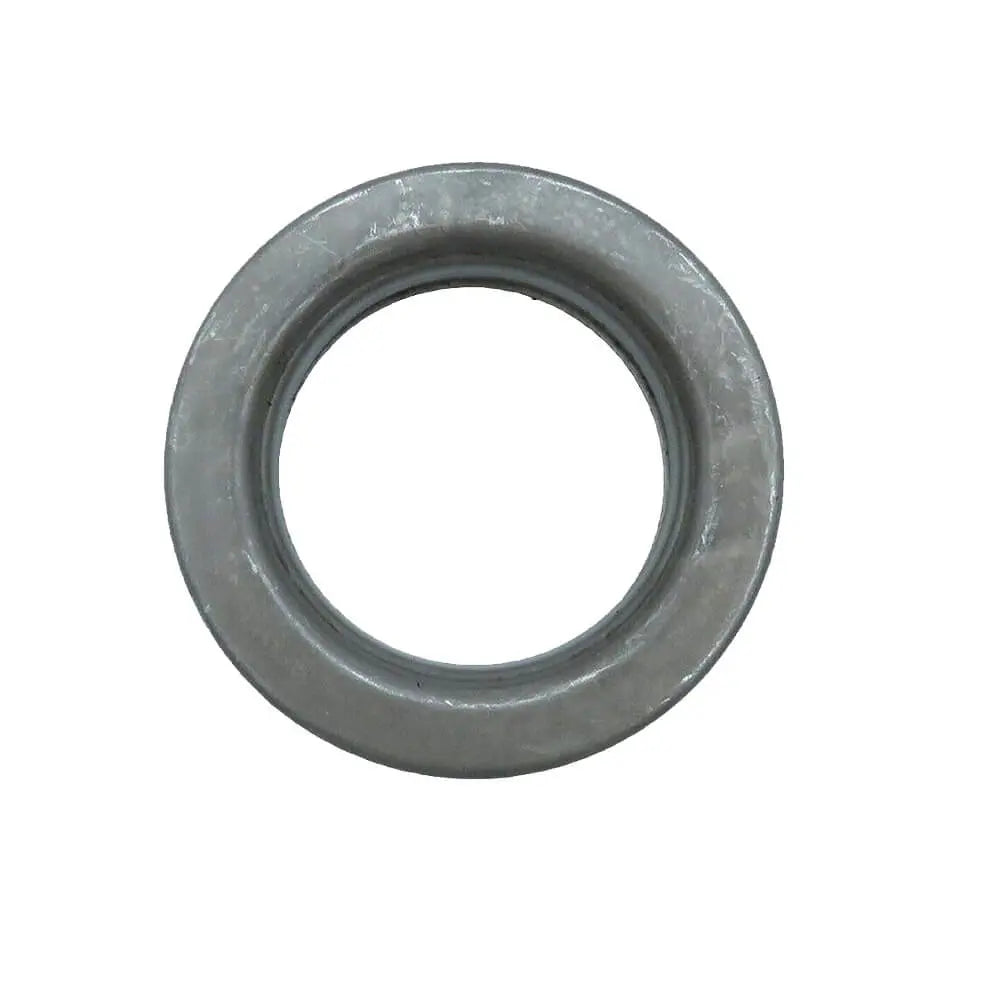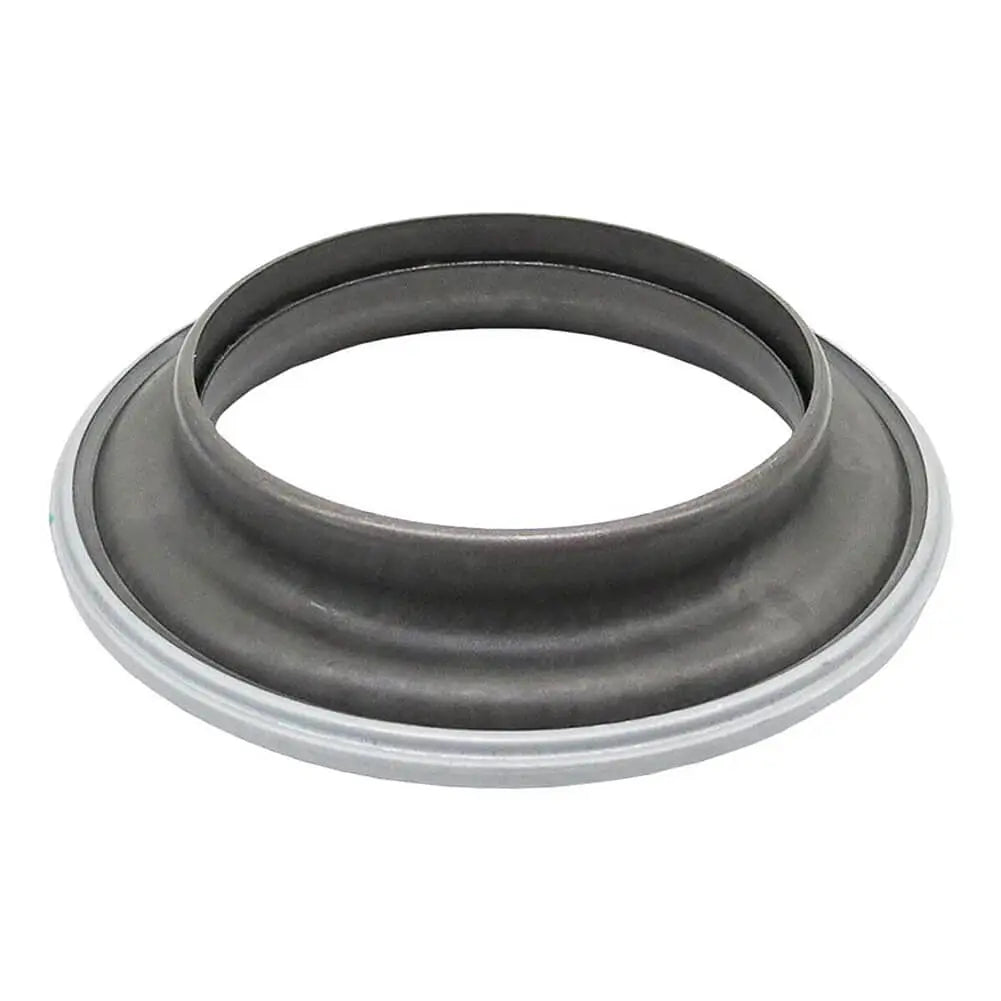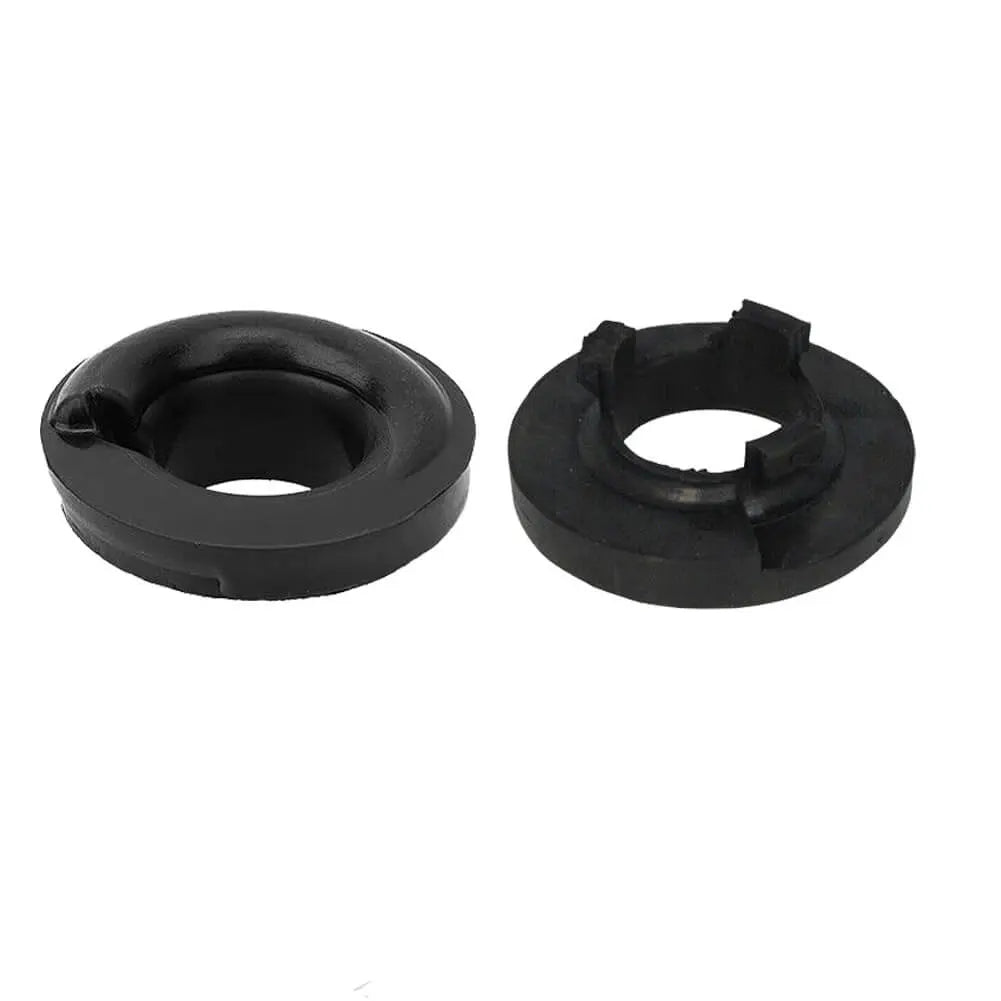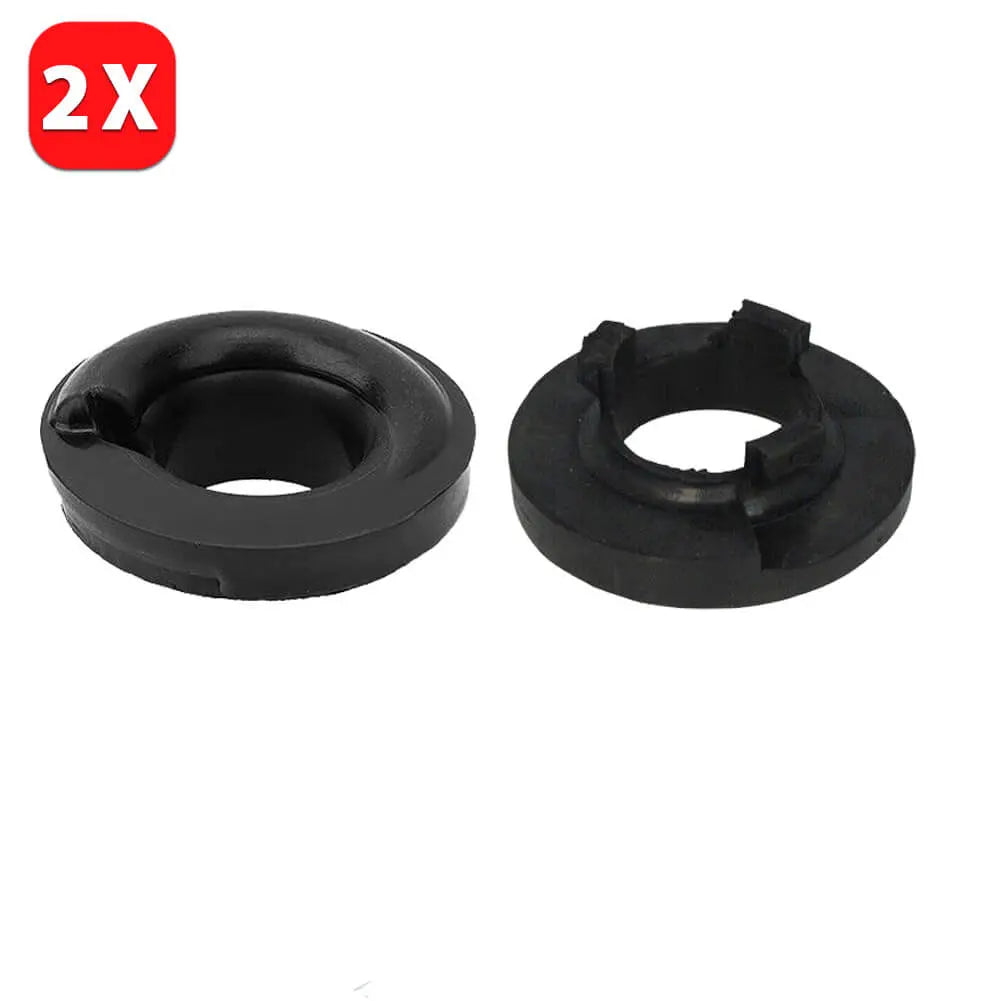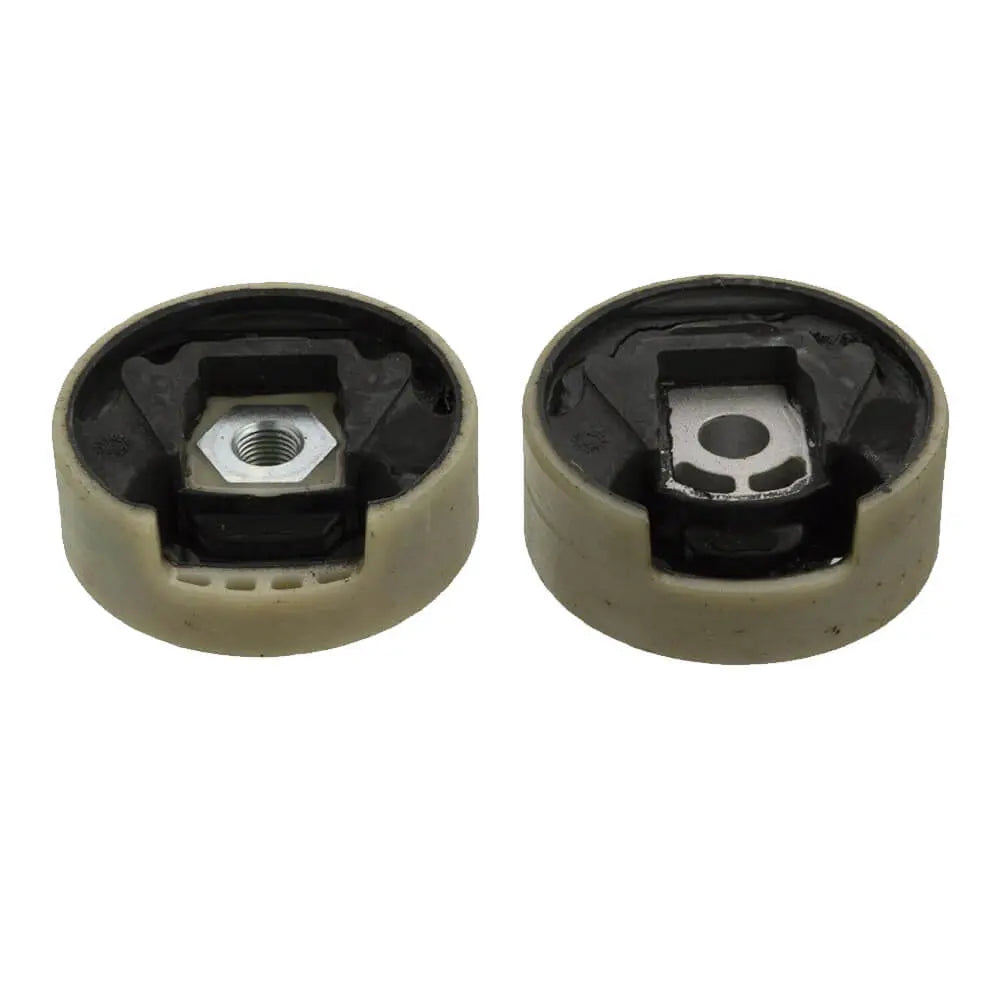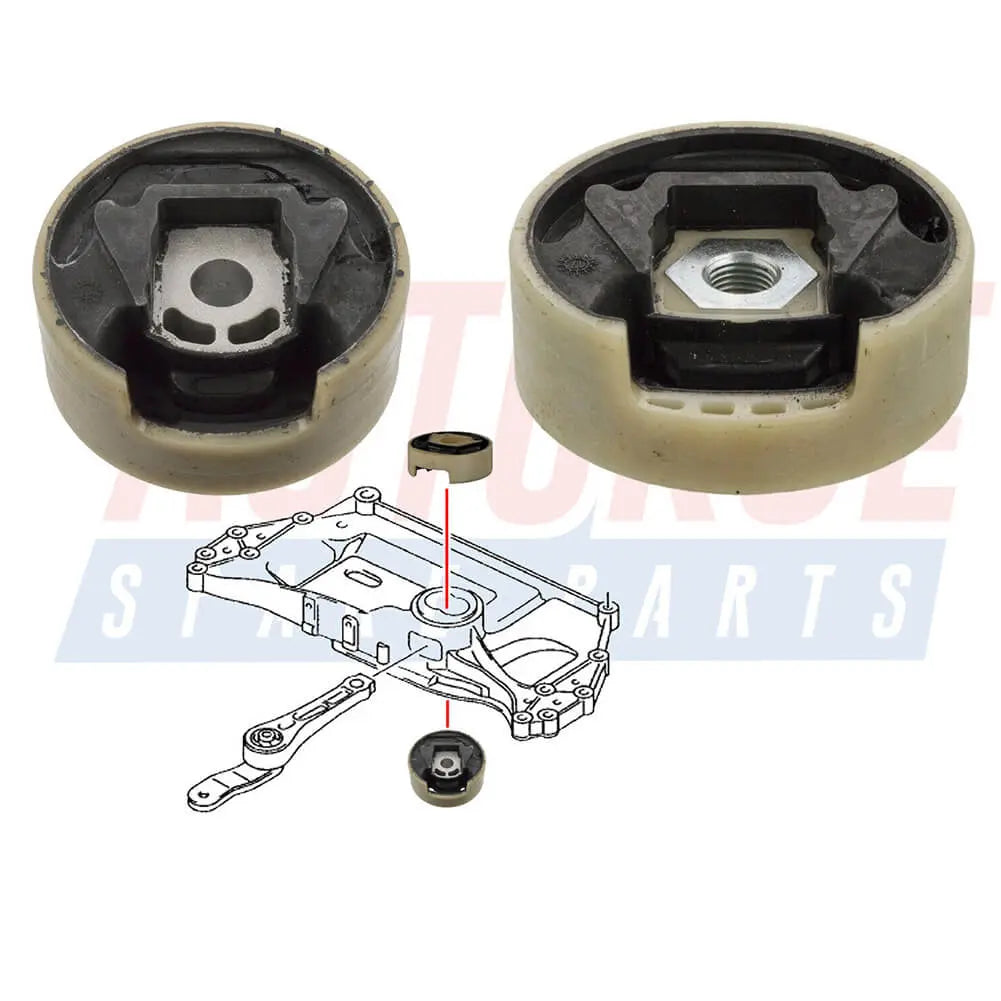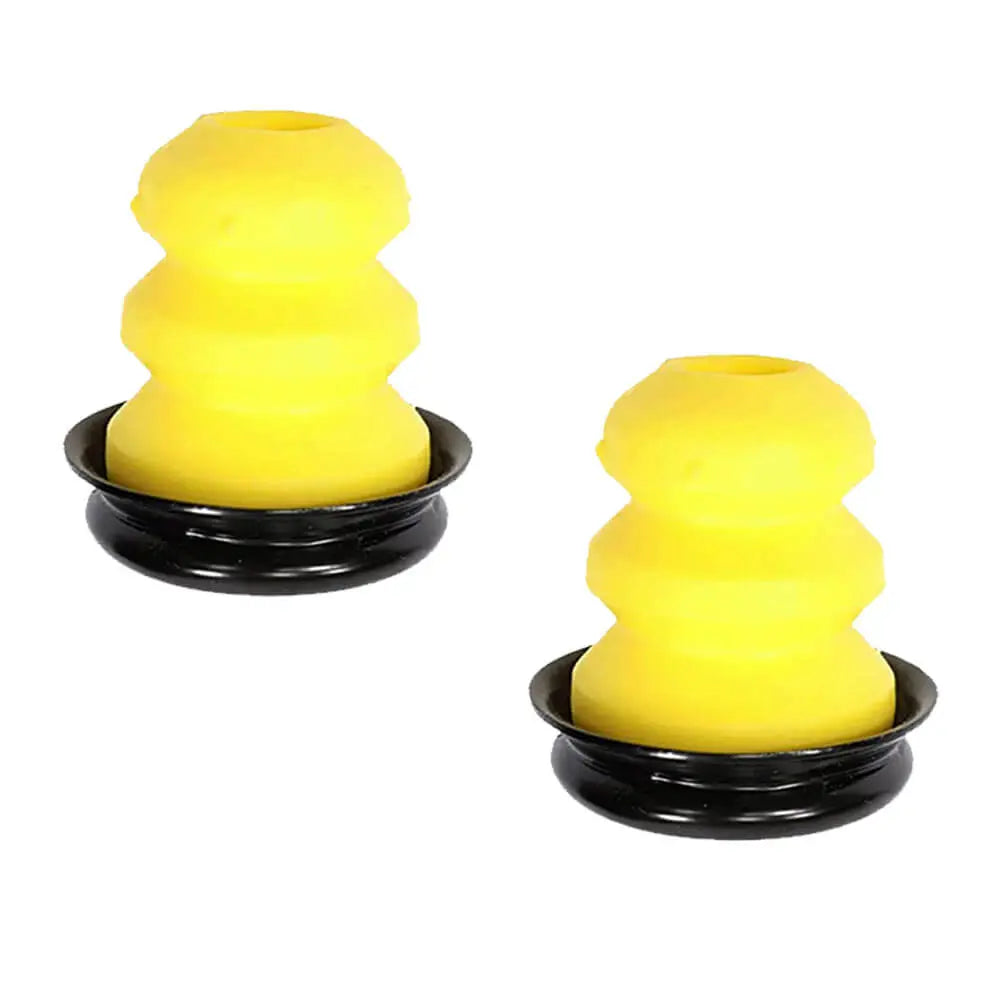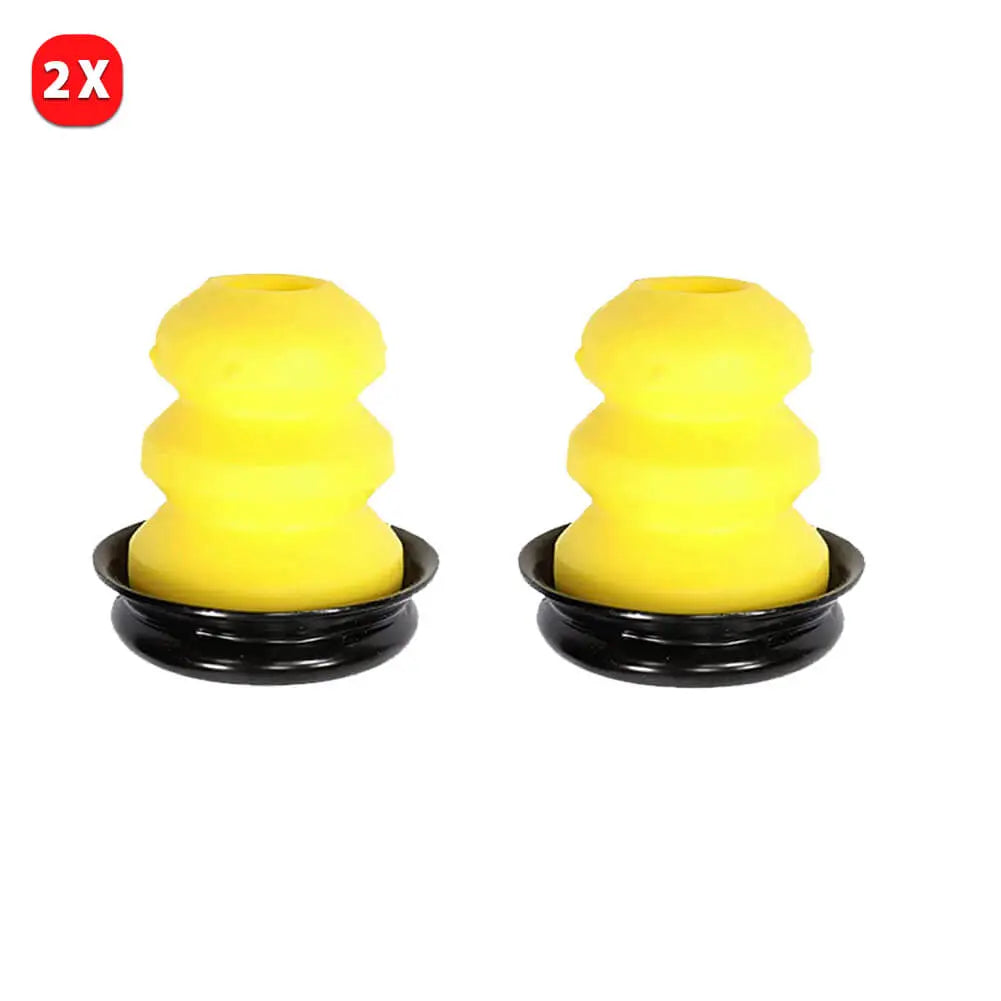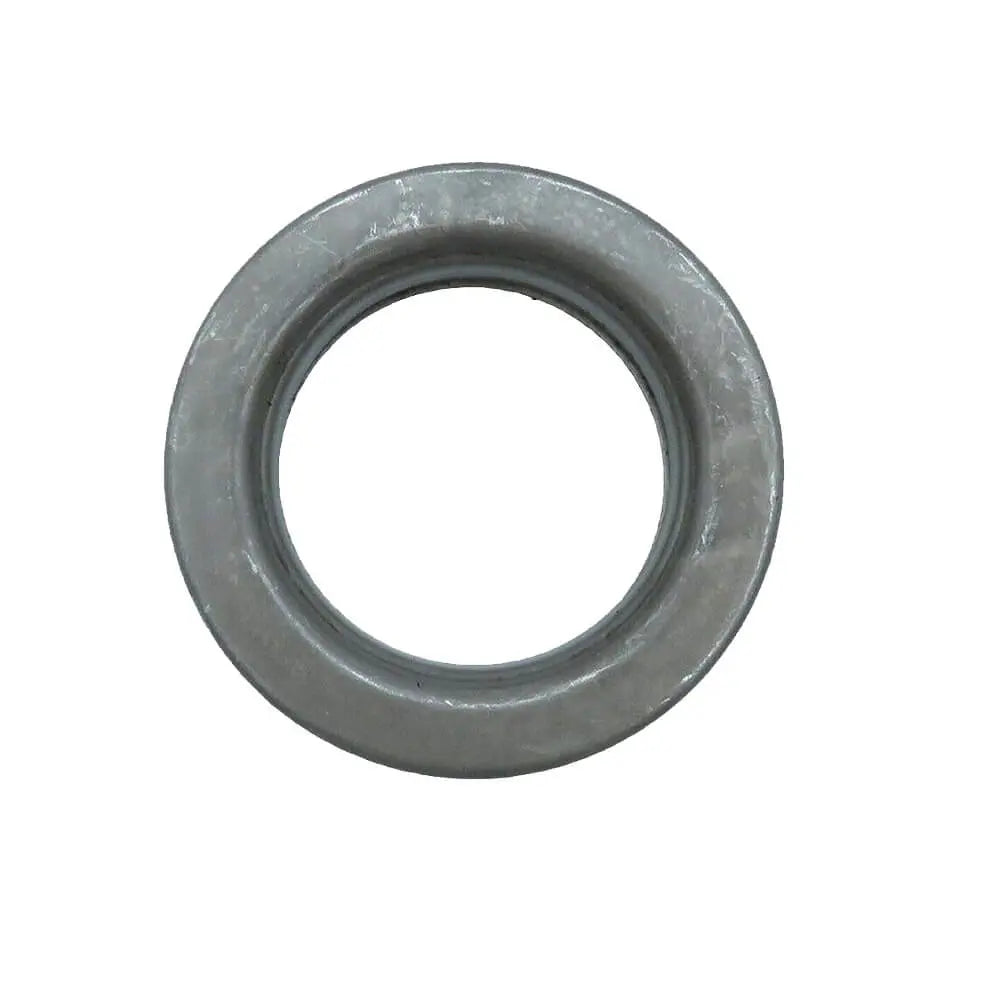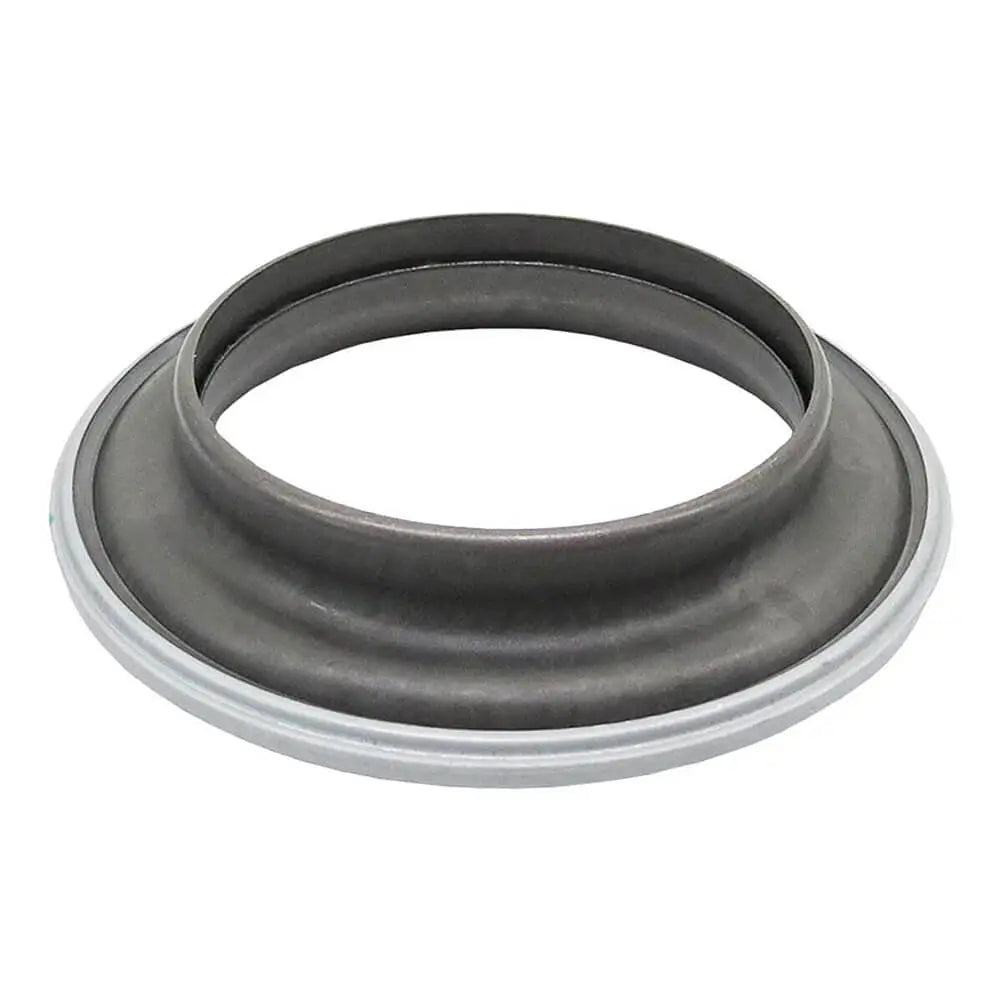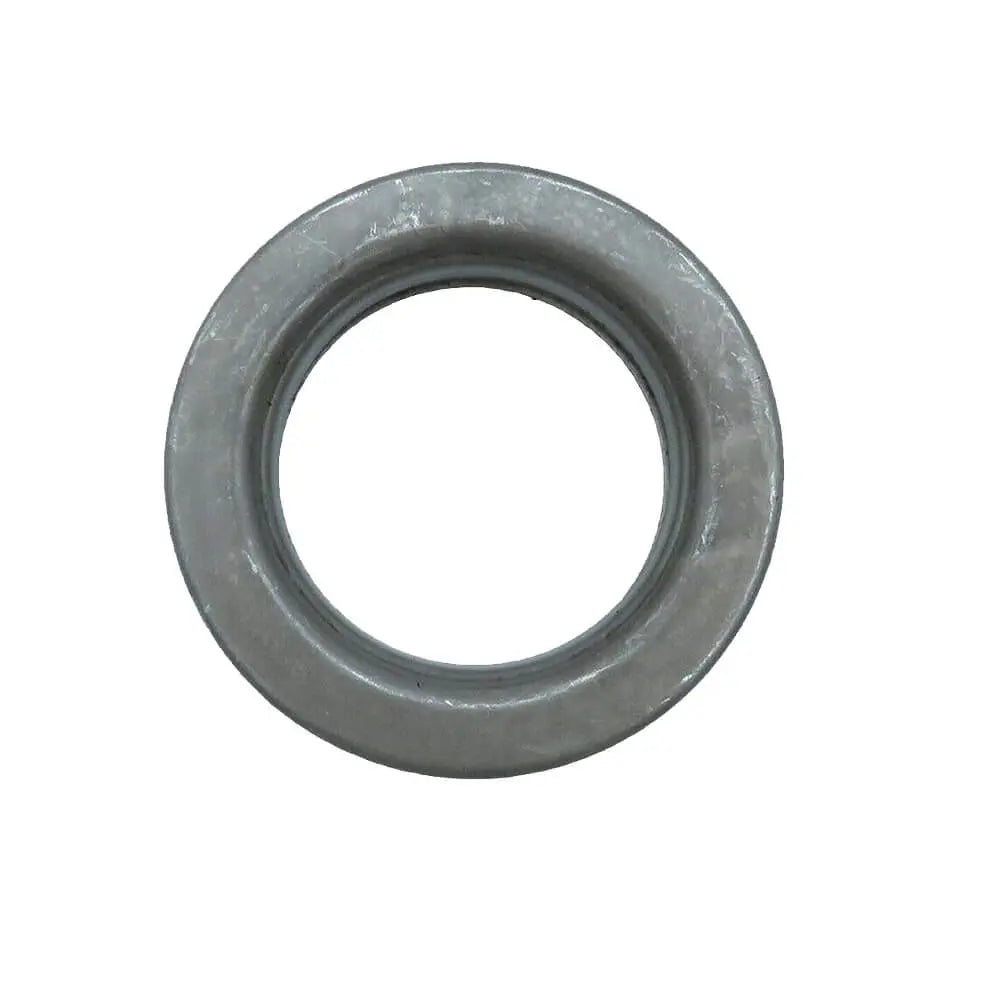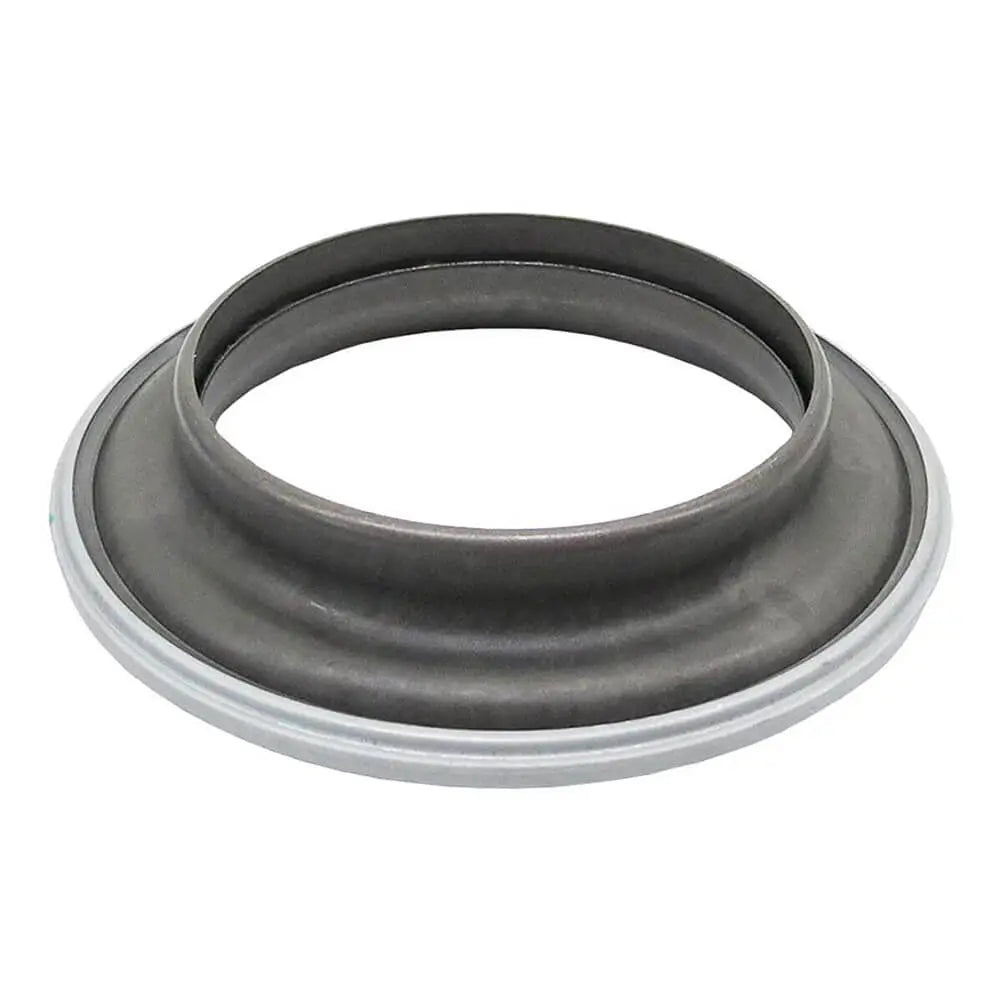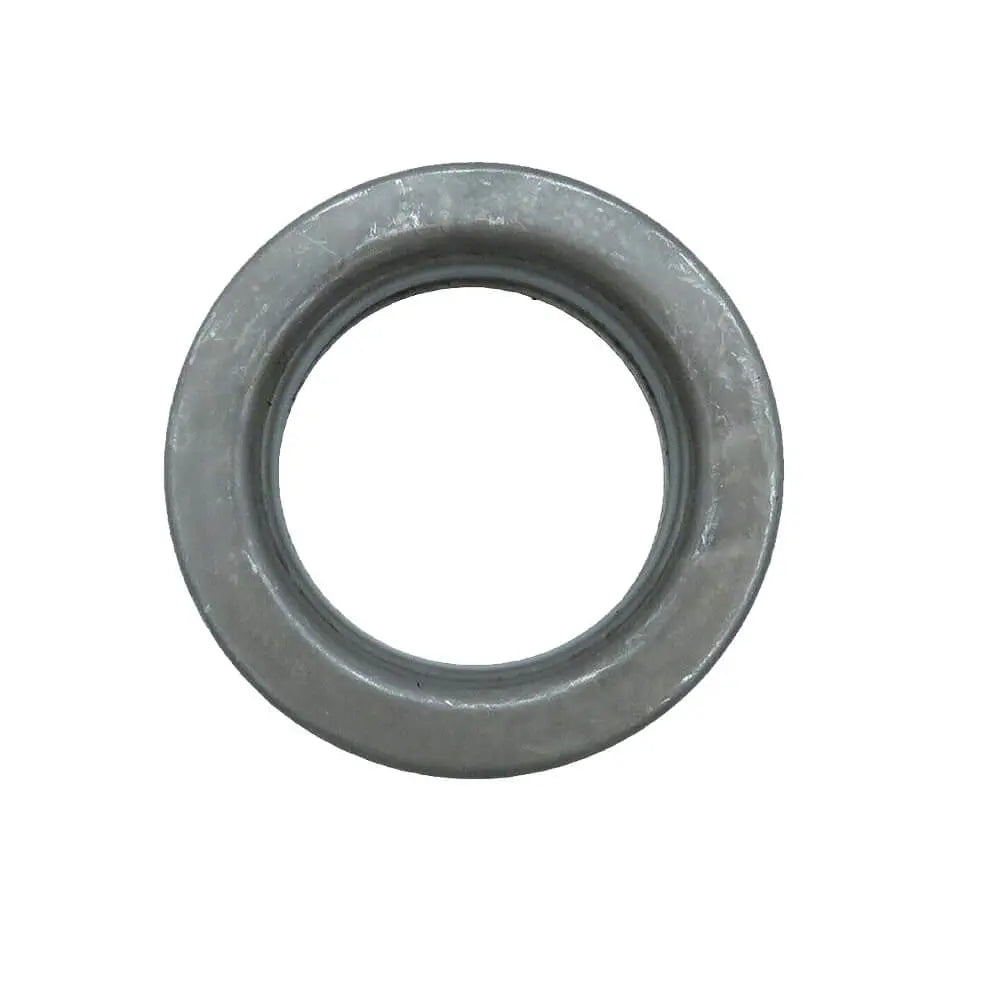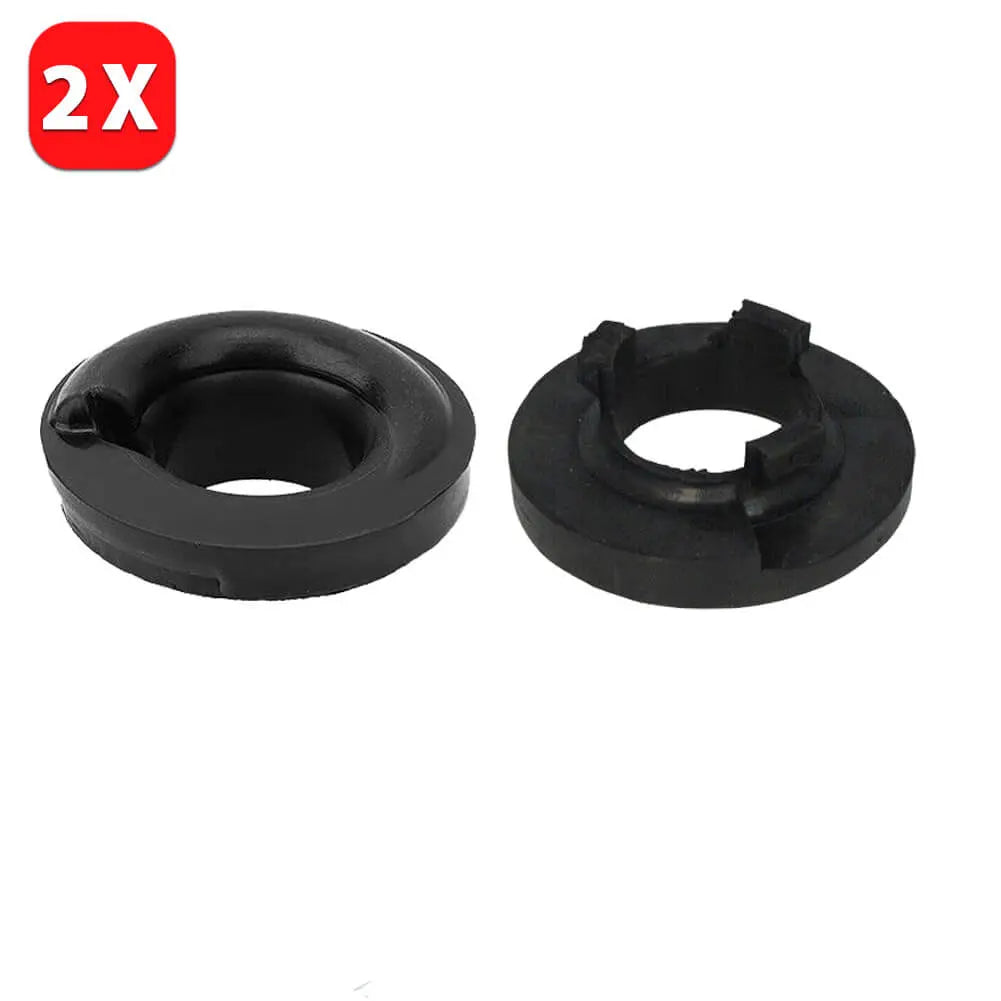Shop by Category
Mounting, Shock Absorbers
41 products
Showing 1 - 24 of 41 products
Mastering the Art of Smooth Rides: Unveiling the Magic of Shock Absorbers
When it comes to the world of automotive engineering, there's a critical component that silently works behind the scenes, ensuring a comfortable and safe ride for passengers: the shock absorber. These unsung heroes of the automotive world play a vital role in maintaining vehicle stability, improving handling, and minimizing the effects of uneven road surfaces. In this article, we delve into the world of shock absorbers, exploring their functionality, types, and significance in providing a smooth and enjoyable driving experience.
Understanding the Purpose
The primary purpose of shock absorbers, also known as dampers, is to control the movement of a vehicle's suspension system. They are designed to absorb and dissipate the energy generated by the irregularities of the road surface. By doing so, they protect the vehicle's chassis and occupants from the jarring effects of bumps, potholes, and other obstacles encountered while driving.How Shock Absorbers Work
Shock absorbers work in conjunction with a vehicle's suspension system, which is responsible for maintaining tire contact with the road. When a wheel hits a bump, the suspension system compresses, and the shock absorber is responsible for managing the subsequent energy release.The most common type of shock absorber is the hydraulic damper. It consists of a piston attached to a piston rod, which moves through a cylinder filled with hydraulic fluid. As the piston moves, it pushes the fluid through small valves, creating resistance and converting the kinetic energy into heat. This dampening effect slows down the suspension's movement, preventing the vehicle from bouncing uncontrollably and maintaining tire contact with the road.
Benefits of Quality Shock Absorbers
1) Improved Handling and Stability: Quality shock absorbers enhance a vehicle's handling capabilities by minimizing body roll, maintaining tire grip, and reducing excessive weight transfer during acceleration, braking, and cornering.2) Enhanced Safety: By keeping the tires in constant contact with the road surface, shock absorbers contribute to better steering control, shorter stopping distances, and improved overall safety.
3) Enhanced Comfort: High-quality shock absorbers reduce the impact of bumps and vibrations, providing a smoother and more comfortable ride for both the driver and passengers. This is particularly important for long drives and uneven road surfaces.
4) Extended Tire Life: Properly functioning shock absorbers prevent premature wear and tear of tires, as they help distribute the vehicle's weight evenly across all four wheels.
Maintaining Shock Absorbers
To ensure optimal performance and longevity of your shock absorbers, regular maintenance is essential. Here are a few key maintenance tips:1) Visual Inspection: Periodically inspect the shock absorbers for leaks, damage, or signs of excessive wear. If you notice any issues, it's advisable to have them checked by a qualified technician.
2) Replacement: Shock absorbers have a limited lifespan and should be replaced according to the manufacturer's recommendations or if you experience a significant degradation in ride quality.
3) Suspension Alignment: Proper wheel alignment and suspension geometry play a crucial role in shock absorber performance. Regularly check and adjust suspension alignment as needed.
Shock absorbers play a vital role in ensuring a smooth, safe, and enjoyable driving experience. By effectively controlling the suspension system's movement and absorbing energy from road irregularities, they enhance vehicle stability, improve handling, and provide comfort to the occupants. Understanding the different types of shock absorbers and their maintenance requirements empowers car owners to make informed decisions and prioritize safety and comfort on the road. available, each with its own advantages and disadvantages. If you notice excessive vibration or noise coming from your engine compartment, it may be time to have your engine mounts inspected and replaced if necessary.
Showing 1 - 24 of 41 products
Display
View
Save £17.99
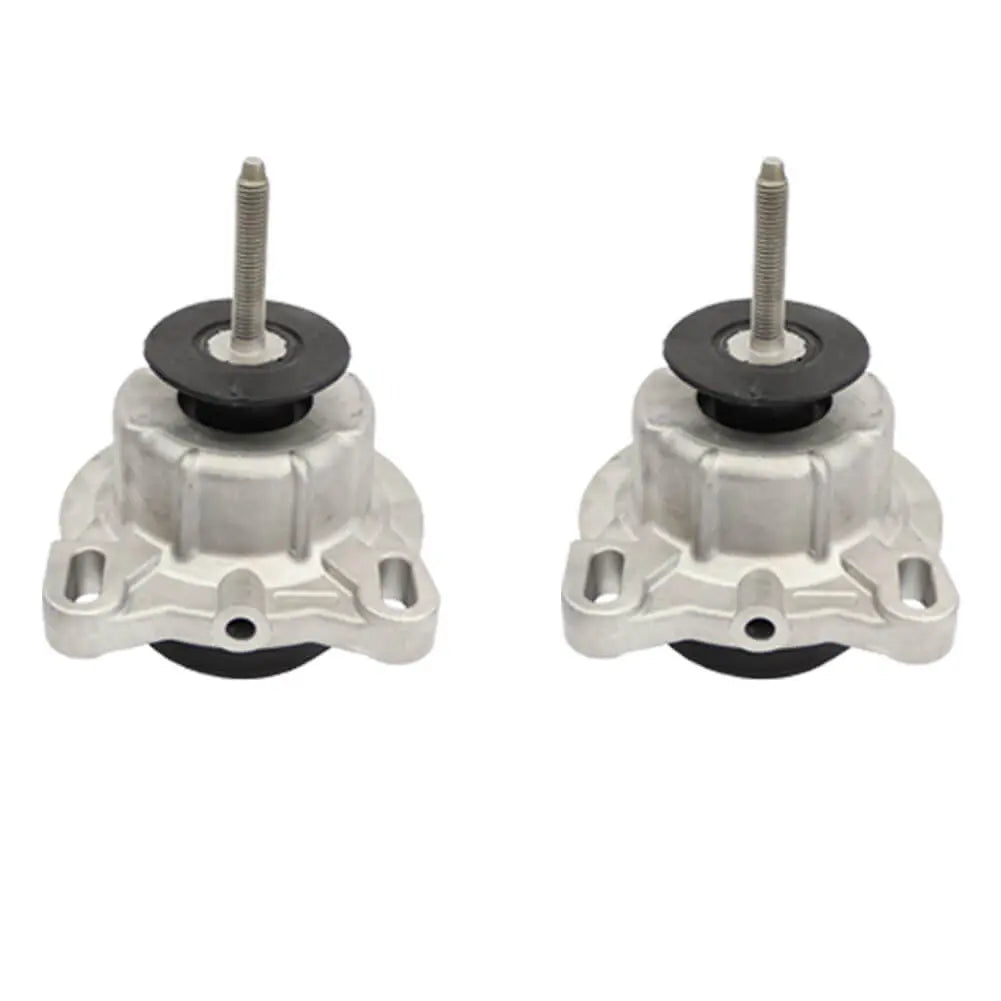

2 Pcs Engine Mount For Ford Transit V363 2.2 TDCi 2.0 2.2 TDCi RWD (2013 - Onwards) - BK316A002AC, GK316A002AC
Sale price£79.90
Regular price£97.89
No reviews
Sold outSave £3.49

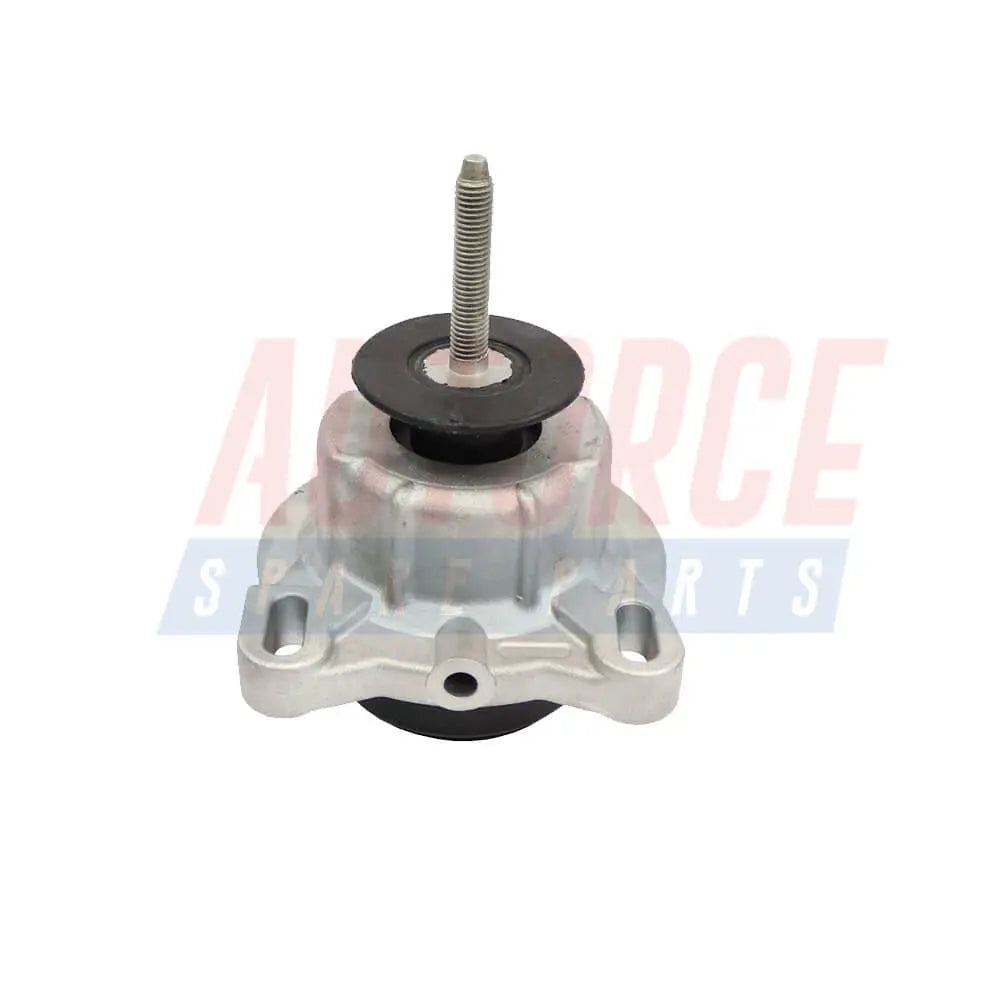
Engine Mount For Ford Transit V363 2.2 TDCi 2.0 2.2 TDCi RWD (2013 - Onwards) - BK316A002AC, GK316A002AC
Sale price£49.90
Regular price£53.39
No reviews
Hurry! Stock running out!Save £5.00


Engine Mounting For Ford Focus C-Max Kuga Transit Connect Grand C-Max 1.5 TDCI (2014 - Onwards) - F1F16F012BB
Sale price£39.90
Regular price£44.90
No reviews
Hurry! Stock running out!Save £2.29


2 Pcs Rear Suspension Bump Stop For Peugeot Boxer (2006 - Onwards) - 516688, 05166.88
Sale price£24.90
Regular price£27.19
No reviews
Sold outSave £2.57
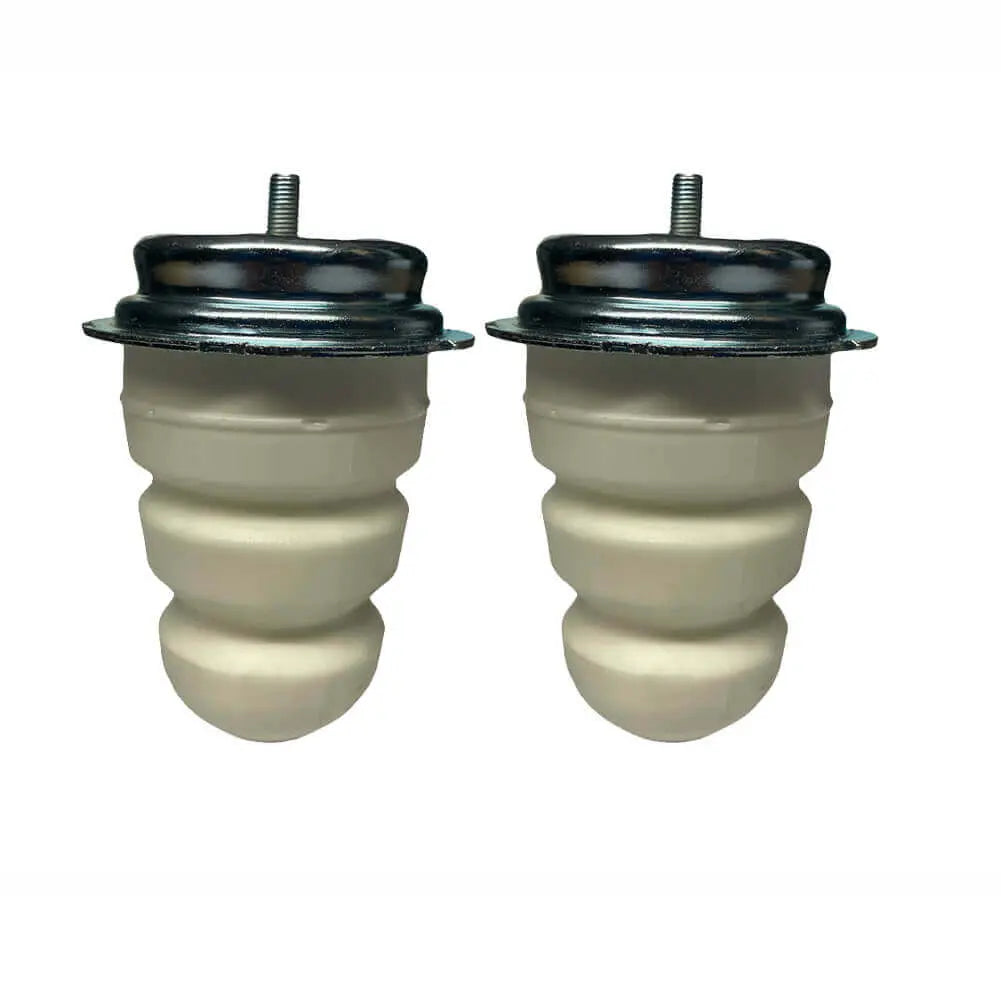

2 Pcs Rear Suspension Bump Stop For Fiat Ducato (2006 - Onwards) - 1351266080
Sale price£24.90
Regular price£27.47
No reviews
Sold outSave £2.37


2 Pcs Rear Suspension Bump Stop For Citroen Relay (2006 - Onwards) - 516688, 5166.88
Sale price£24.90
Regular price£27.27
No reviews
Sold out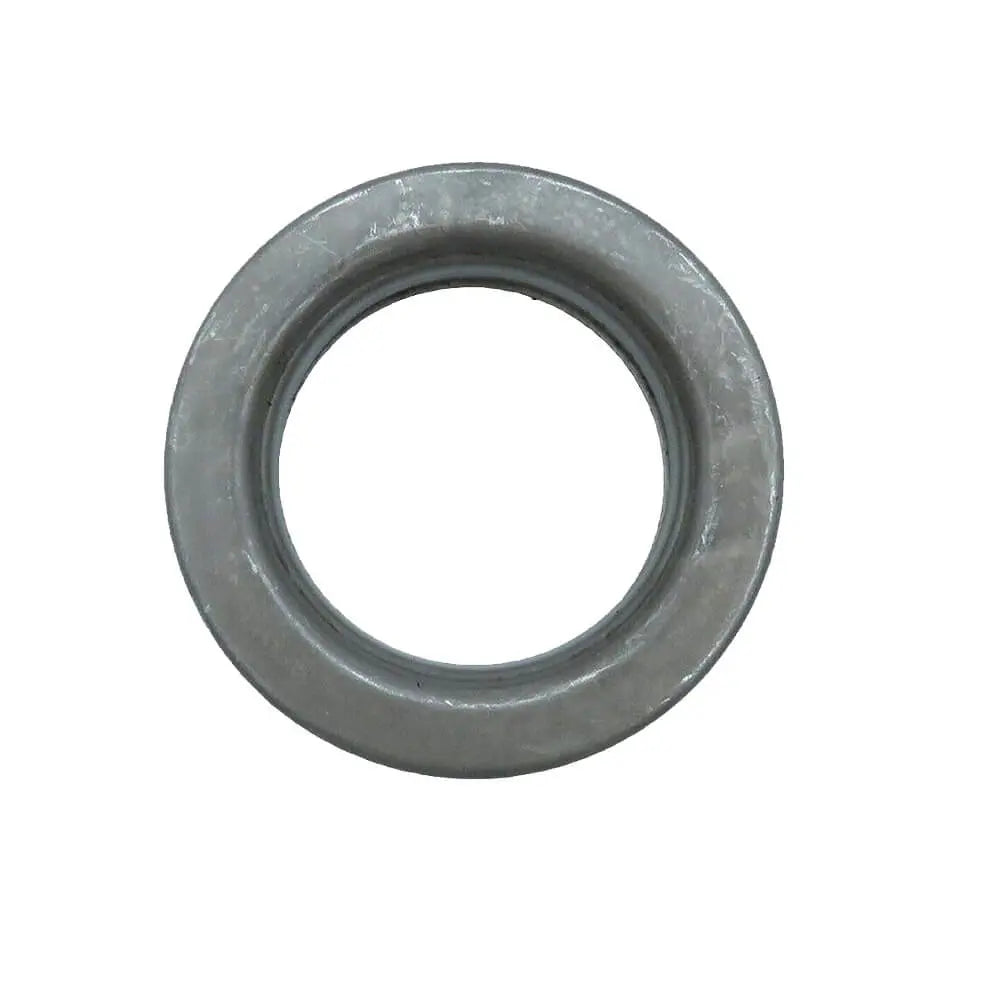
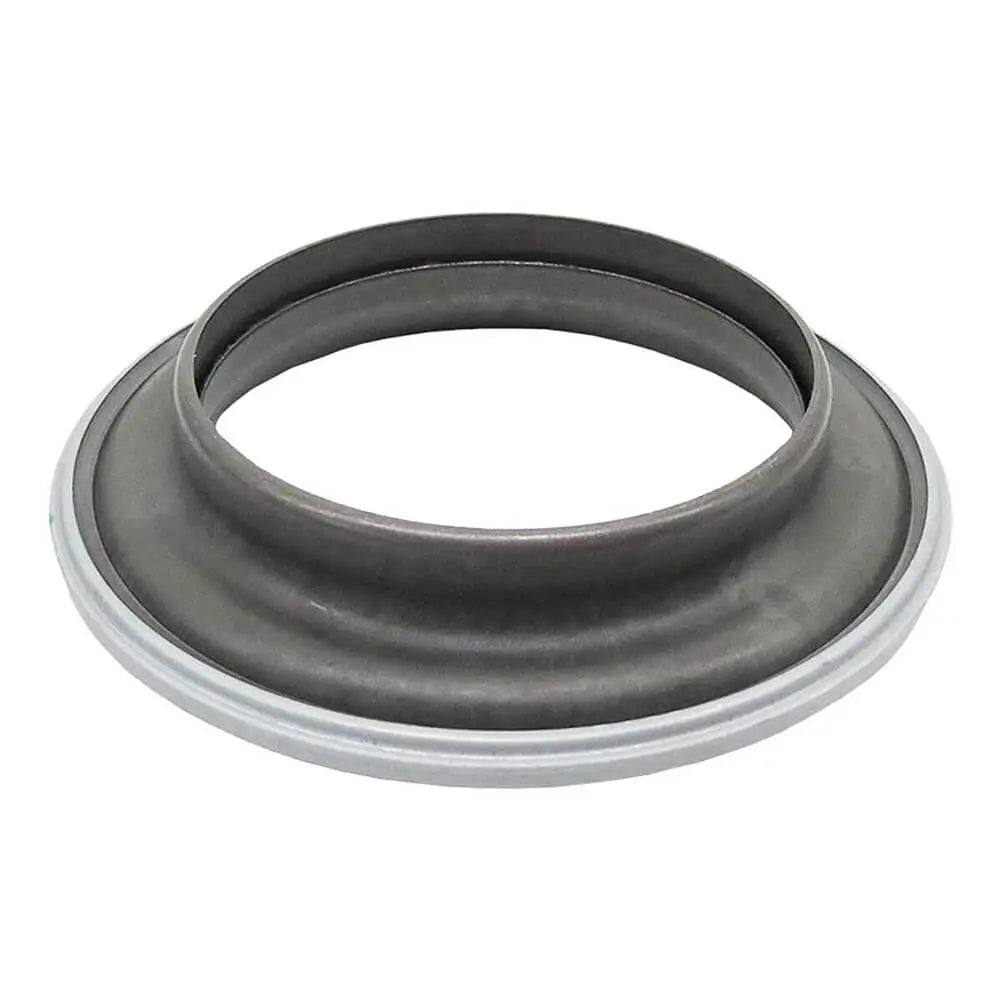
Front L/R Top Strut Mount Bearing For DS DS3 DS4 DS5 (2015 - onwards) - 503523, 91510633
Sale price£8.90
No reviews
In stockSave £2.29
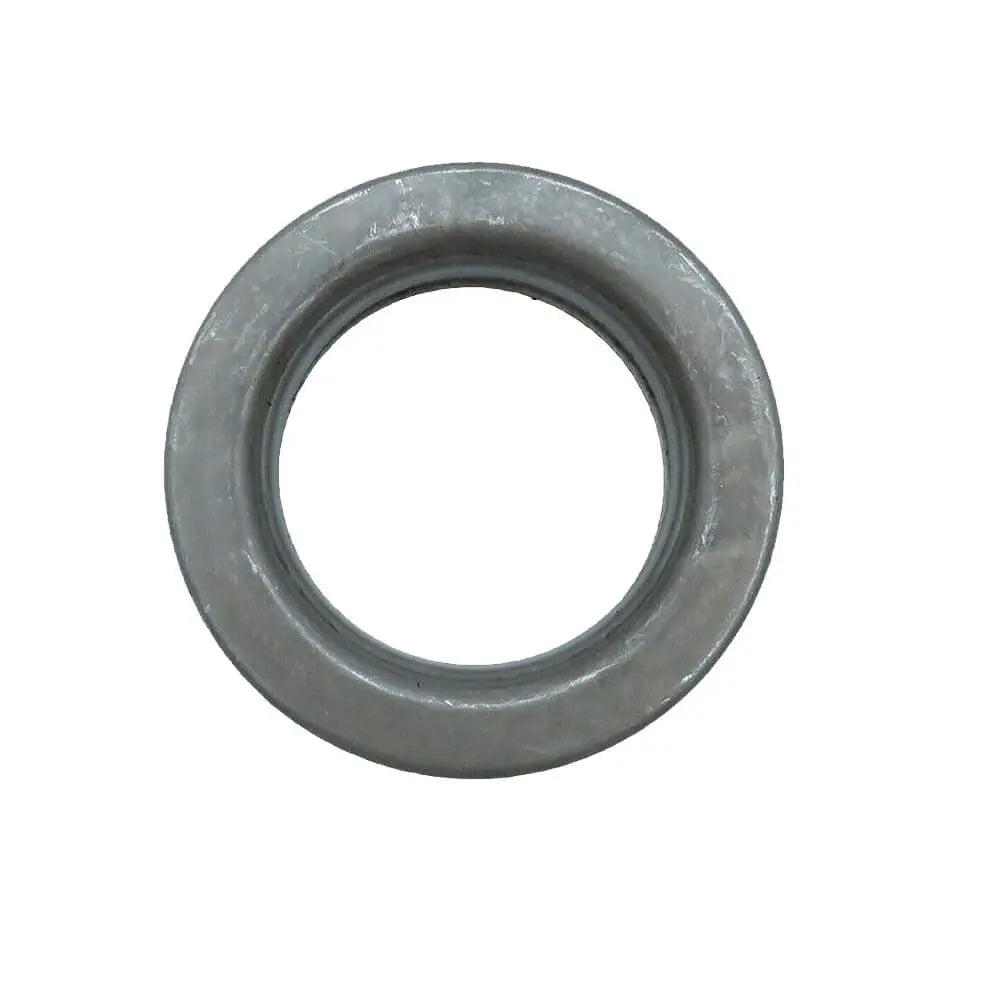
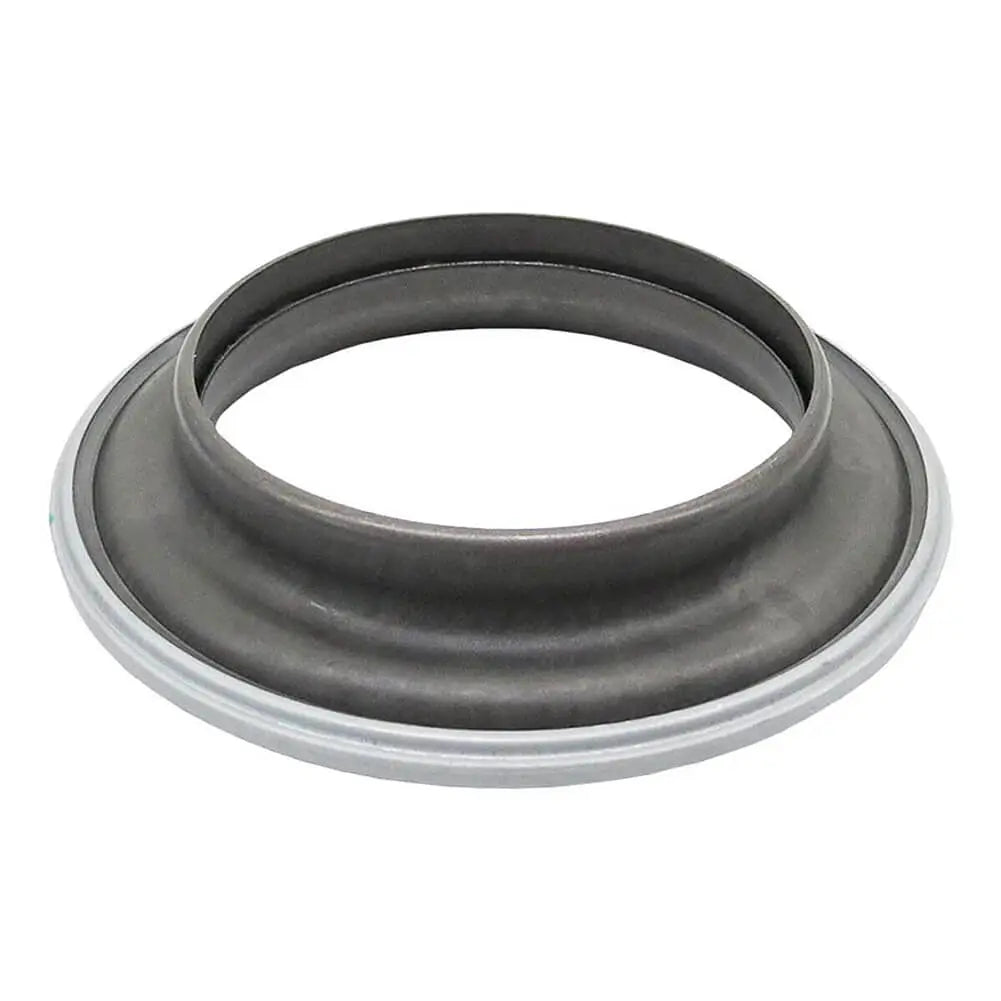
Front L/R Top Strut Mount Bearing Shock Absorbers For Citroen Berlingo Xsara Saxo DS3 DS4 DS5 - 503563
Sale price£8.90
Regular price£11.19
No reviews
In stockSave £3.59

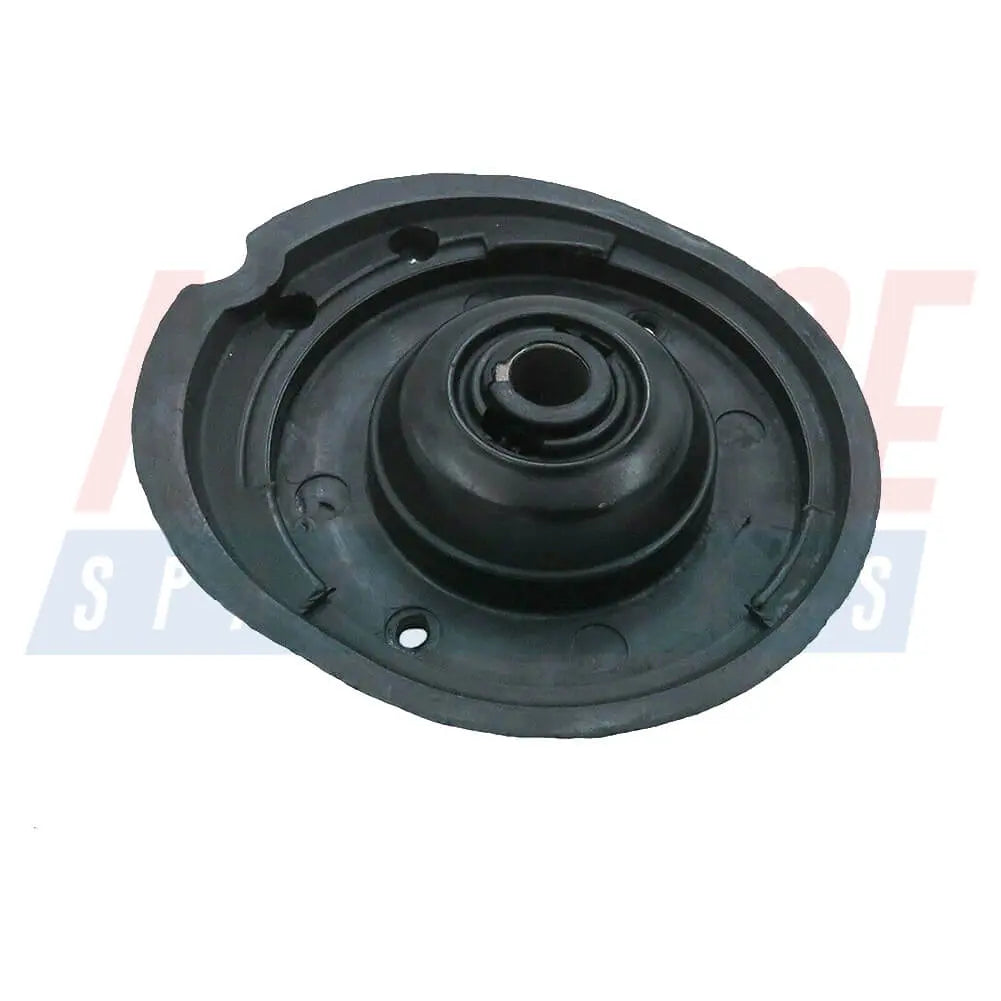
Front Suspension Top Strut Mounting For Citroen C3 C2 For Peugeot 1007 - 5038.F5, 5038.A9
Sale price£10.90
Regular price£14.49
No reviews
In stockSave £20.00

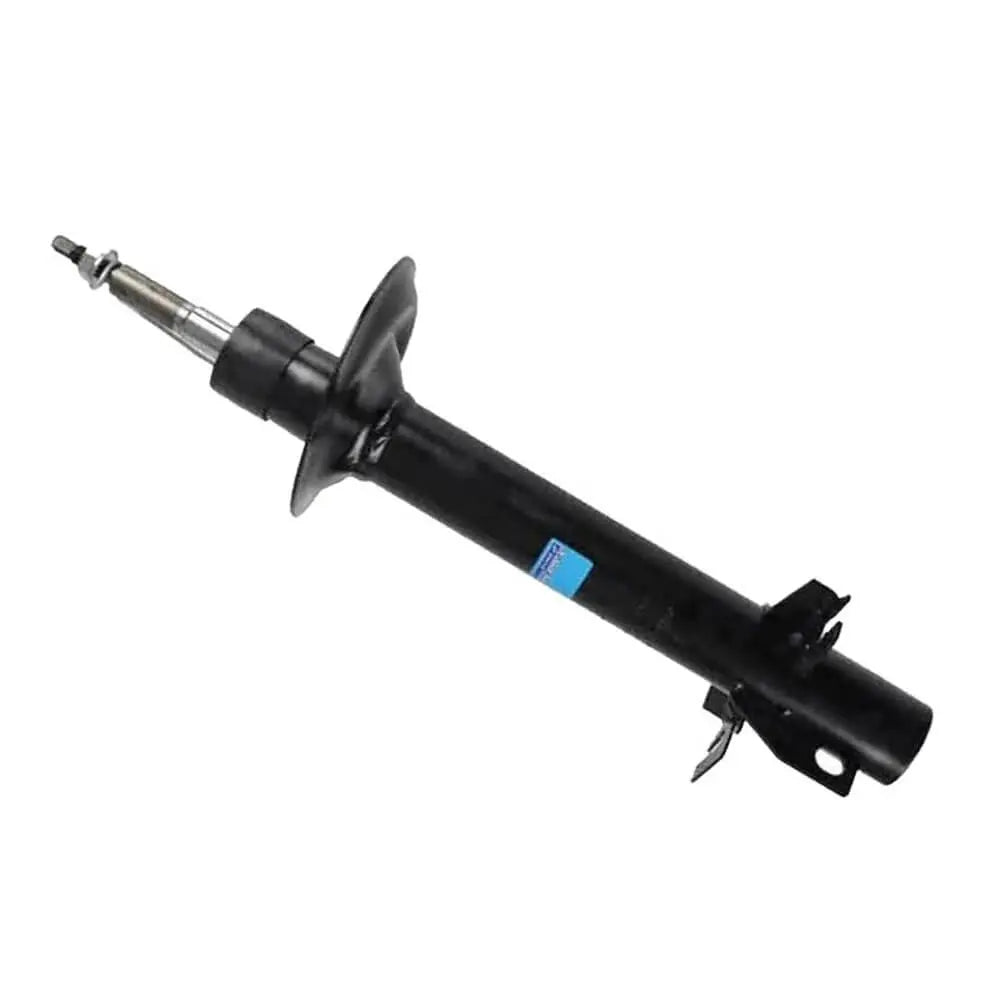
Front Shock Absorber For Peugeot Boxer 2.0 BlueHDi 2.2 3.0 HDi (2006 - Onwards) 5208L4, 5202ZK, 5208L5
Sale price£79.90
Regular price£99.90
No reviews
In stockSave £19.00


Front Shock Absorber For Fiat Ducato III 2.2 2.3 3.0 D (2006 - onwards) 50707867, 50707946, 50708439
Sale price£79.90
Regular price£98.90
No reviews
In stockSave £30.00

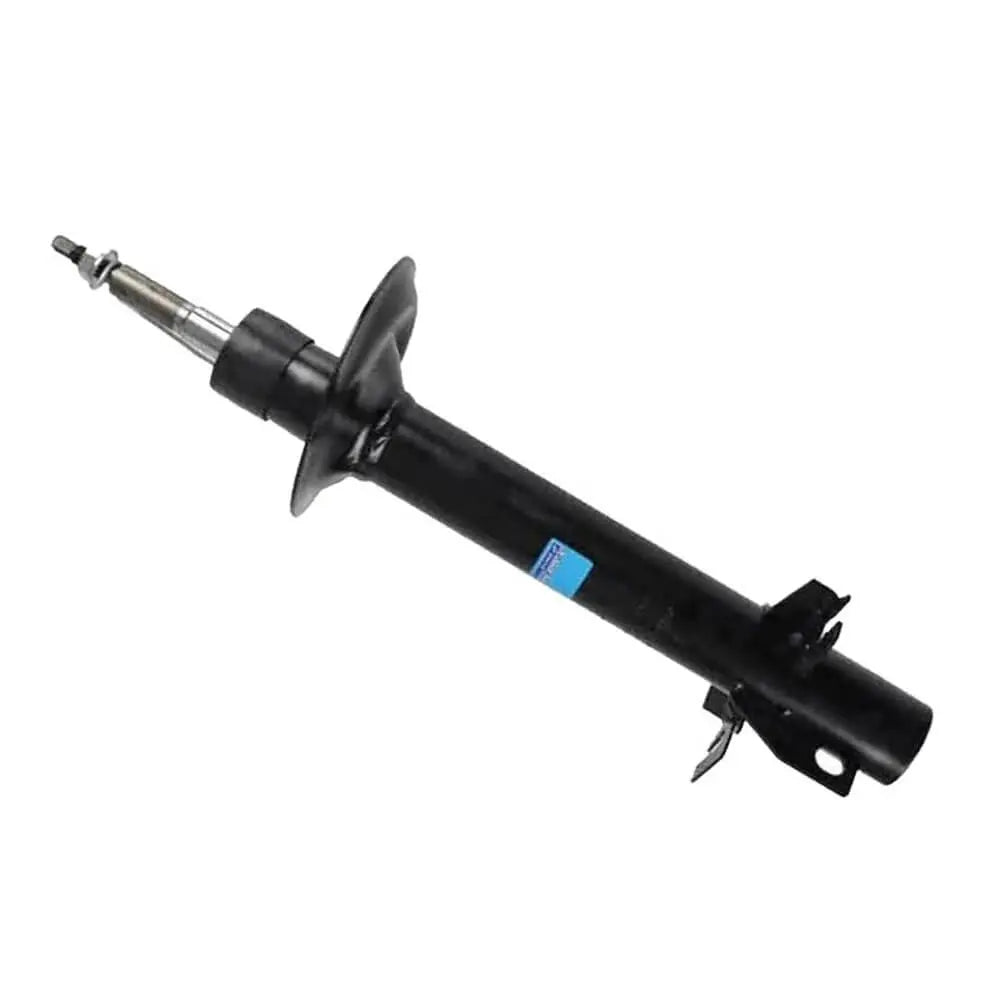
Front Shock Absorber For Citroen Relay II 2.0 BlueHDi 3.0 HDi (2006 - onwards) 5208.L4, 5202.ZH
Sale price£79.90
Regular price£109.90
No reviews
In stockSave £20.00
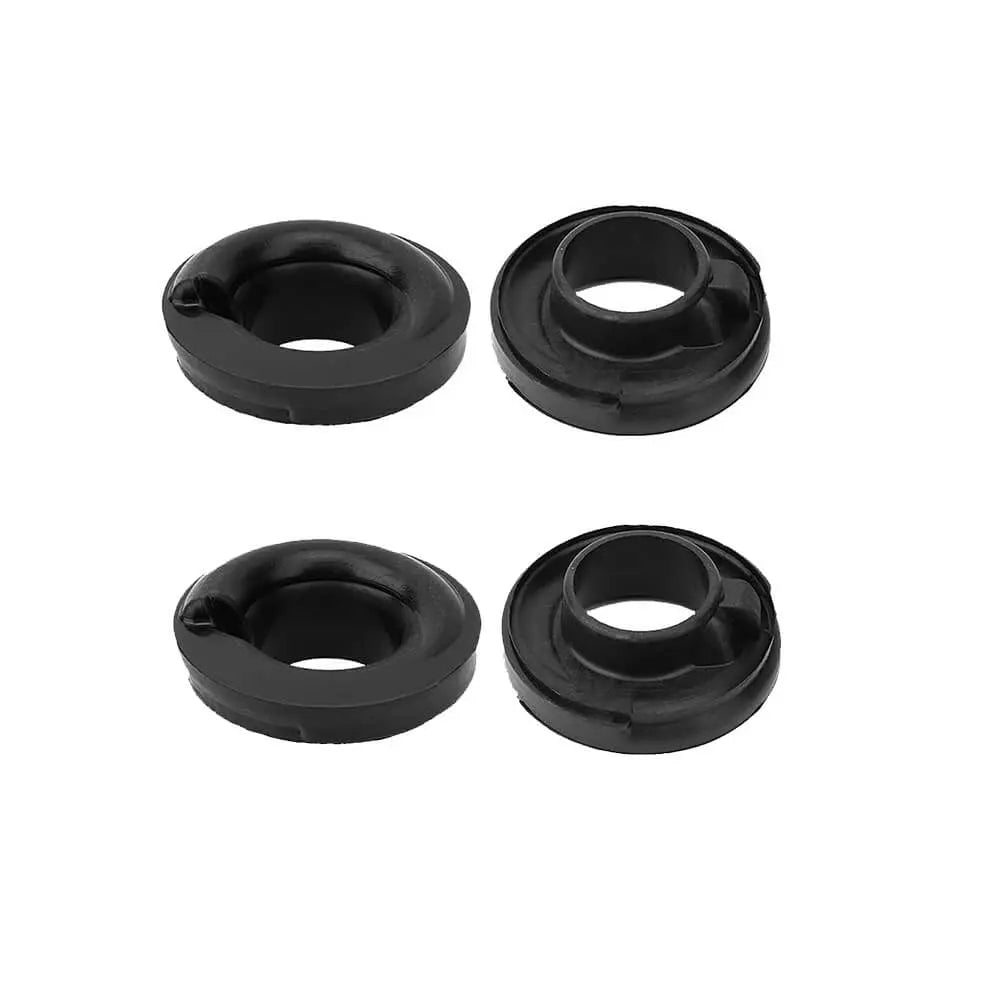
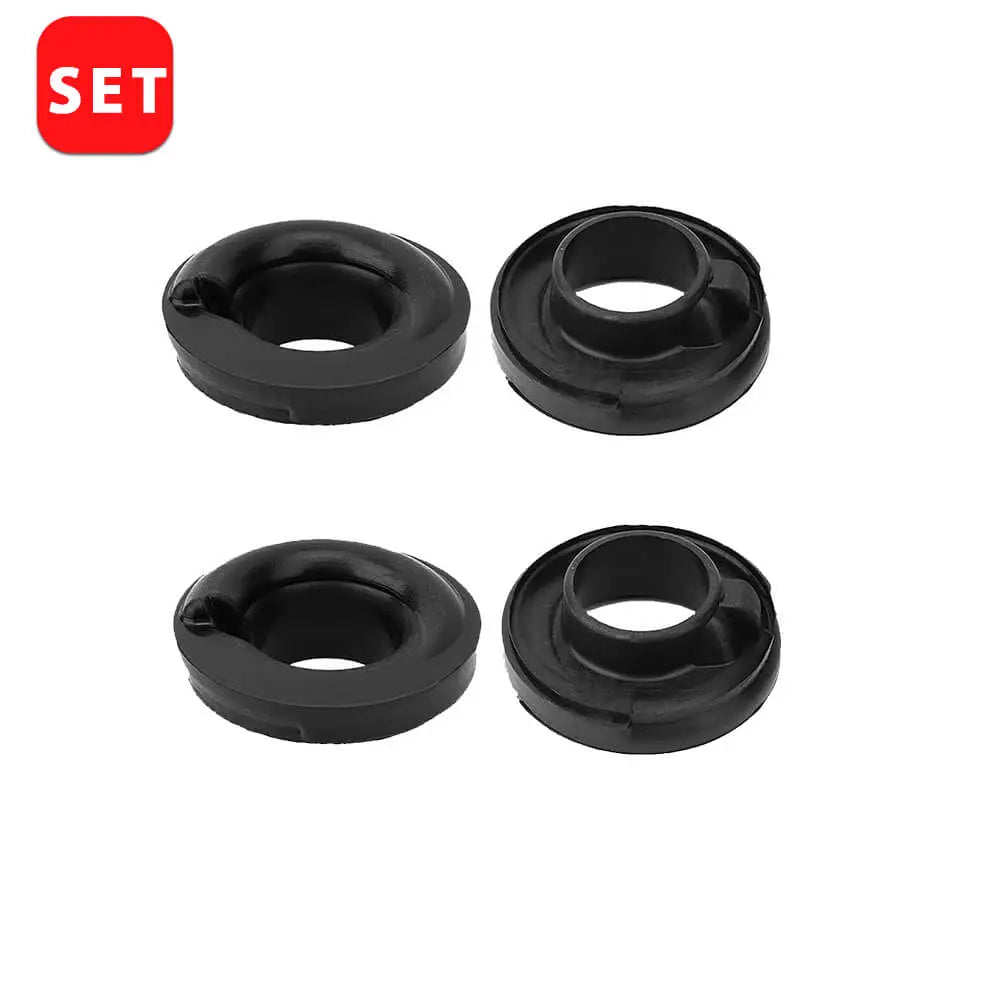
Rear Axle Upper And Lower Spring Rubber Pads Set For VW Multivan Transporter T5 T6 - 7H0511149B, 7H0511150B
Sale price£29.90
Regular price£49.90
No reviews
In stock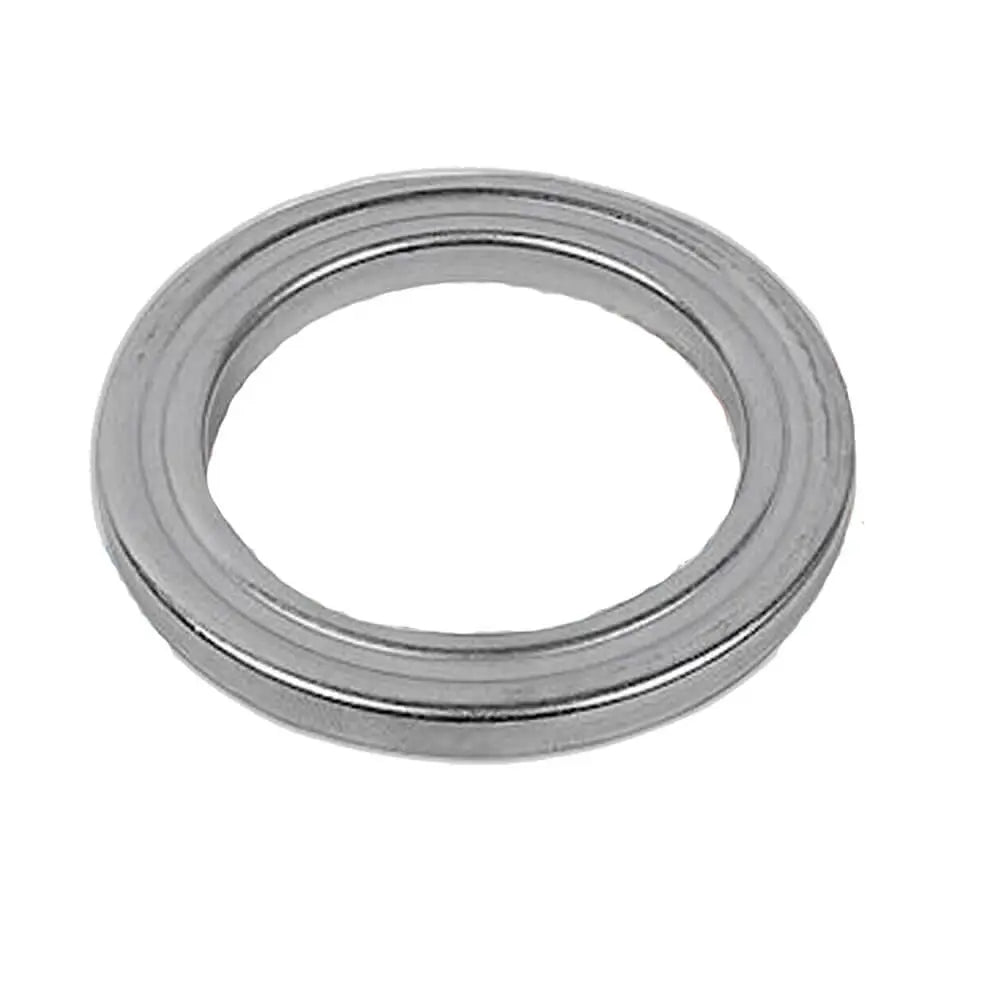
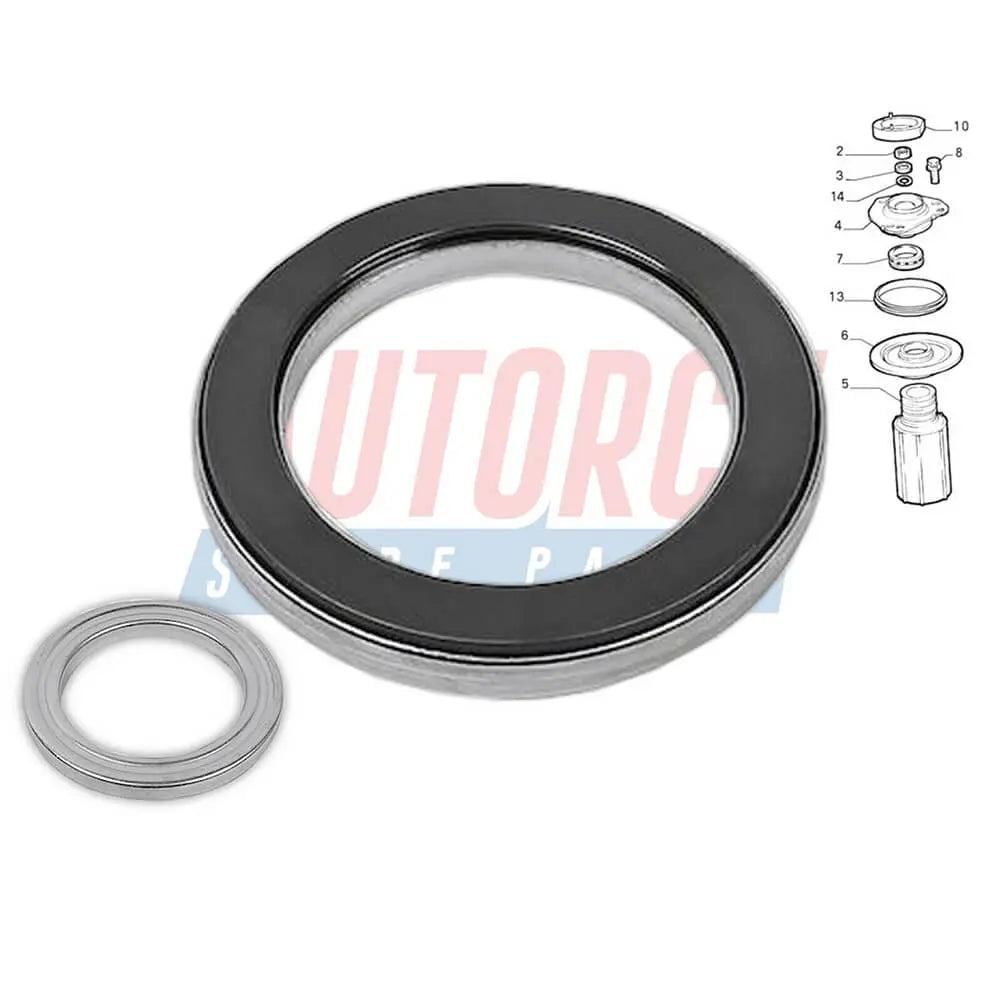
Shock Absorber Mount Top Strut Bearing For Alfa Romeo AR6 - 503224, 5032-24, 4390179
Sale price£7.99
No reviews
Hurry! Stock running out!
Filters (0)

